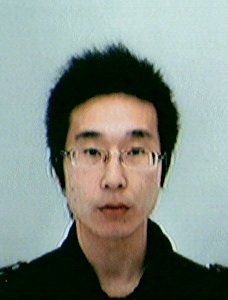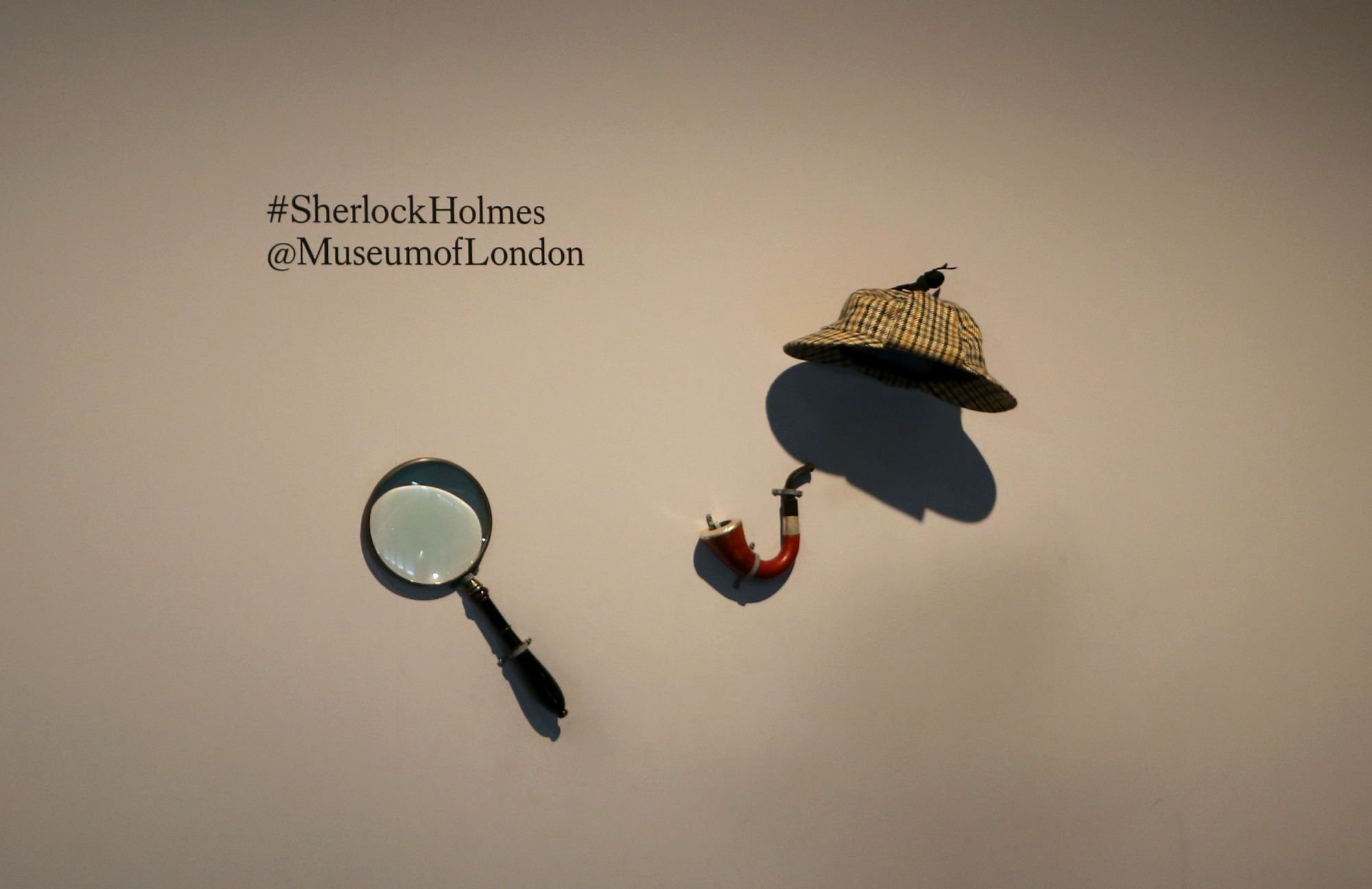コラム
 |
第129回 「Japanese mystery novels」 関俊剛 博士課程後期2年 マタウシュ研究室 >> マタウシュ先生ホームページ |
“真実はいつも一つ!!”(There is always one truth.)This is a famous sentence of the mystery comic <名探偵コナン>(Detective Conan)which is created by 青山剛昌. 江戸川コナン, the protagonist of <名探偵コナン> has many fans around the word and he is known as the Sherlock Holmes in the anime. It follows that Japanese mystery works occupies a pivotal position in the world scope, obviously, including novels.
The origin of Japanese mystery novels is the <本朝桜陰比事> which is written by Japanese writer 井原西鶴 in 1689. After the Meiji restoration, Japan began to study the west, mystery novels were affect by western novels and emerged a large number of excellent mystery novels writers gradually. Their works are all so different, brought the profound influence to the development of Japanese detective novels.
江戸川乱歩 is the most famous mystery writer in Japan who is called the father of detective novel. In memory of江戸川乱歩, 青山剛昌 used “江戸川”as the family name of the protagonist of <名探偵コナン>. The works of 江戸川乱歩 has both fantasy mystery and high logic, so that they could meet for fun to the readers who want to solve puzzle. These works are usually as far as possible let readers have same clues as leading character and standing on the same plane. So the characteristic of his works are the fair and rational logic. 東野圭吾, the most influential mystery novel writer in contemporary Japan whose works are selling well in the world, mostly, in east Asian countries.
The plot of his works are ups and down and the story architecture are strange. He is good at write very reasonable stories from an unreasonable case whose style beyond the traditional framework of mystery novels. He use the most simple and plain language to tell the hidden evil of human nature and the redemption of oneself.
There are also a lot of good mystery novels in Japan, they have brought many excellent works for mystery novels fans all over the word and use logical reasoning to describe the social beauty and ugliness.
 |
(2016/01/23)




